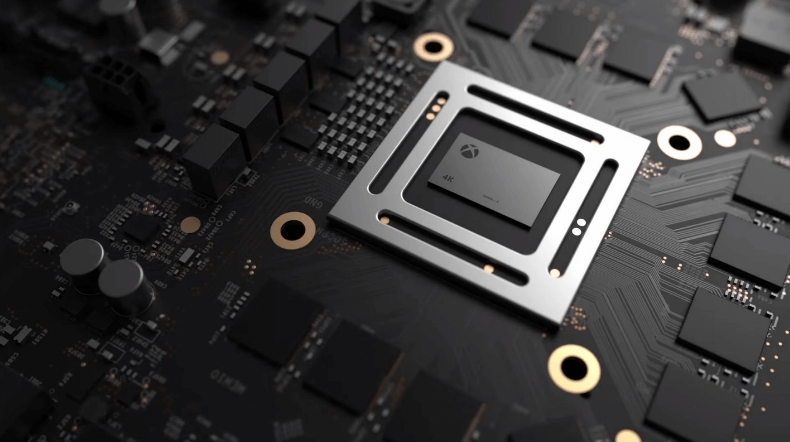Do you ever wonder how electronic devices manage to stay cool despite the hefty demands placed on them? The answer lies in efficient thermal management, and metal core circuit boards (MCPCBs) have emerged as the hero in ensuring our gadgets don't overheat. In this article, we will dive into the world of MCPCBs, unraveling their secrets and exploring their incredible benefits for the electronics industry. Let's get started!

Before we delve into the fascinating features of MCPCBs, let's define what they are. MCPCBs, also known as metal core printed circuit boards, are a class of circuit boards that are specifically designed to handle high thermal conductivity. Unlike traditional PCBs, MCPCBs have a metal base layer instead of the typical fiberglass material. This metal base acts as a heat sink, efficiently transferring heat away from electronic components. Moreover, MCPCBs consist of dielectric layers that provide electrical insulation while facilitating heat dissipation.
Why opt for MCPCBs instead of the tried and tested traditional PCBs? The advantages are aplenty! One of the key advantages is their ability to handle high thermal conductivity. With the metal base acting as a heat sink, MCPCBs ensure that electronic devices remain within optimal operating temperatures. Additionally, MCPCBs often rely on aluminum as the metal base, which further enhances heat dissipation due to its excellent thermal conductivity properties. This makes them ideal for applications that generate substantial heat, such as high-powered LEDs and power amplifiers.
The Metal Core
The core of an MCPCB is, quite literally, its backbone. It serves as the pivotal element responsible for heat transfer within the circuit board. Commonly used metals for the metal core include aluminum and copper due to their superior thermal conductivity. The choice of metal core depends on the specific application requirements, ensuring optimal thermal management in various scenarios.
The Copper Layer
To facilitate efficient heat dissipation, MCPCBs feature a copper layer strategically placed on top of the metal core. Copper is an excellent conductor of heat, acting as a bridge between electronic components and the metal base. It ensures that excess heat generated by the components is swiftly transferred to the metal core, subsequently dissipating into the environment.
Dielectric Layers
While heat dissipation is crucial, electrical insulation is equally important. The dielectric layers in MCPCBs provide the necessary electrical insulation while allowing heat to flow efficiently. These layers consist of dielectric materials that possess insulating properties, ensuring the circuitry functions reliably without the risk of short circuits or electrical interference.
Protective Layer
Protecting electronic components is paramount, and MCPCBs incorporate a protective layer to shield the circuitry. This layer safeguards the delicate circuitry from environmental factors such as moisture, chemicals, or physical damage. Depending on the specific application, materials like epoxy or solder mask can be used to form the protective layer.
Heat Dissipation
Electronic devices are sensitive to temperature fluctuations, and prolonged exposure to high temperatures can have detrimental effects on their performance and lifespan. MCPCBs excel in heat dissipation, drawing heat away from critical components and ensuring they operate within safe temperature ranges. This leads to enhanced reliability, longevity, and overall performance.
Heat Transfer
Understanding how heat is transferred within MCPCBs is crucial for effective thermal management. Heat transfer occurs through three primary mechanisms: conduction, convection, and radiation. Conduction refers to the direct transfer of heat from one material to another, primarily achieved through the metal base. Convection involves the transfer of heat through the movement of fluids or gases, while radiation occurs when heat is emitted in the form of electromagnetic waves. MCPCBs are designed to optimize all three mechanisms, enabling efficient heat transfer and dissipation.
The versatility and superior thermal management capabilities of MCPCBs make them indispensable in various industries. From automotive to aerospace, lighting to power electronics, MCPCBs find applications in diverse sectors. In the lighting industry, high-power LEDs necessitate efficient heat dissipation, and MCPCBs provide the ideal thermal solution. Furthermore, power amplifier applications widely benefit from MCPCBs, ensuring stable performance even under high-temperature operating conditions.
As the demand for high-performance electronic devices surges, effective thermal management becomes paramount. Amidst this need, metal core circuit boards (MCPCBs) with their high thermal conductivity, superior heat dissipation, and electrical insulation properties come to the rescue. These versatile circuit boards enable electronic components to perform optimally, ensuring extended lifespans and enhanced reliability. So next time you encounter a high-powered LED or a power amplifier, remember the unsung hero working behind the scenes—the metal core circuit board!
1. Do MCPCBs require any special manufacturing processes?
MCPCBs involve specialized manufacturing processes due to the need for attaching the metal core and ensuring proper heat dissipation. However, many PCB manufacturers offer MCPCB fabrication services.
2. Are MCPCBs suitable for low-power electronic devices?
While MCPCBs excel in handling high thermal conductivity, they can also be used in low-power electronic devices. The superior heat dissipation capabilities of MCPCBs contribute to the overall reliability and longevity of electronic components, regardless of power requirements.
3. Do MCPCBs only come in aluminum or copper variants?
While aluminum and copper are the most common metals used in MCPCBs, other metals can also be utilized depending on the specific application requirements. Certain scenarios might demand the use of metals with higher thermal conductivity, such as copper alloys or even silver.
4. Can MCPCBs withstand high-temperature environments?
Yes, MCPCBs are specifically designed to handle high-temperature environments. The metal core acts as a heat sink, efficiently transferring heat away from electronic components, ensuring safe operating temperatures even under extreme conditions.
5. Can MCPCBs be used in underwater applications?
MCPCBs can be designed to be resistant to moisture and water, making them suitable for underwater applications. However, it is essential to ensure proper sealing and protection to prevent water ingress and subsequent damage to the circuitry.
Remember, it's essential to choose MCPCBs based on your specific application requirements and consult with an expert to determine the ideal solution for your needs.